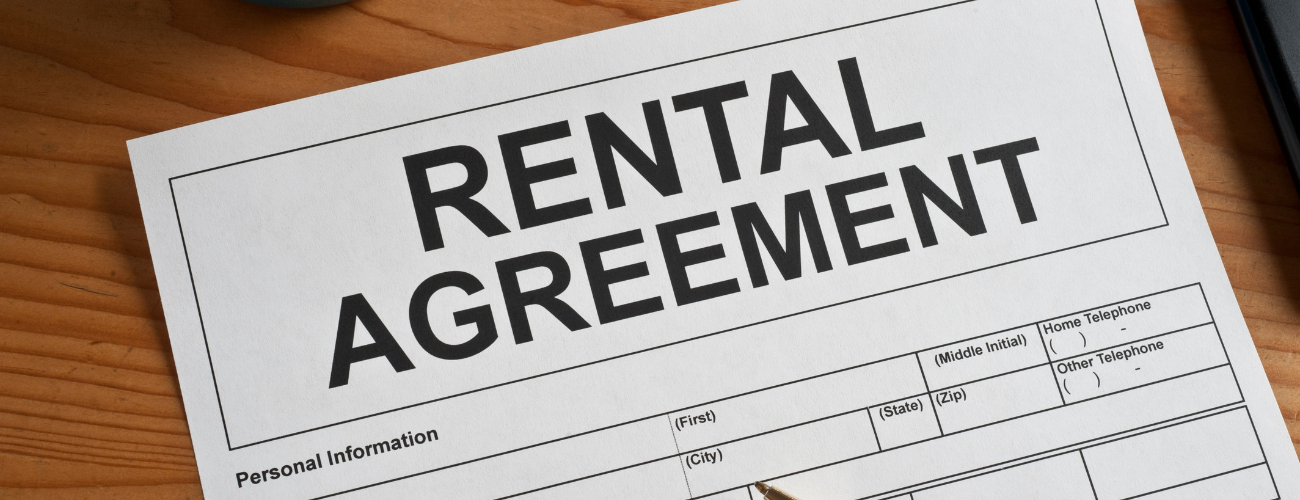Rental Agreements

There are as many varieties and variations of residential leases as there are landlords renting property. This guide’s intention is to provide base knowledge of lease agreements and is not intended to provide all of the legal policies regarding leases. It is highly advised to seek legal counsel before signing any lease or any legal document.
ASMSU partners with full-time lawyers to counsel students with legal matters; you may set up an appointment with ASMSU Student Legal Services by going to SUB 221.
A rental agreement (also called a "lease") is a legally binding contract between a tenant and a landlord, in which the landlord agrees to temporarily give possession of a property to the tenant in exchange for payment. Montana law requires that all leases be in writing. If you are working with a landlord who wants the lease to be a verbal agreement, you should not rent the property. Get everything down in writing before signing a lease. The lease should have provisions stating the address of the property you will be taking possession of, the length of the lease term, cost of the rent, security deposit terms, and who is responsible for maintenance of the property.
A tenant’s rights and responsibilities are determined by the rental agreement and the Montana Residential Landlord and Tenant Act. This law includes certain requirements that apply regardless of what is in the rental agreement.
Before signing any rental agreement, these are the things a renter should know:
- Fully understand what the written agreement says and make sure that the verbal explanation matches the written agreement.
- Check to make sure the agreement doesn’t contain any illegal provisions in violation of the Montana Residential Landlord and Tenant Act or the federal Fair Housing Act.
- The agreement should be complete and address how you and the landlord will handle situations such as necessary repairs, unauthorized pets or guests, nonpayment of rent, and the cleaning you are expected to do when you move out.
- *Even if a rental agreement is not signed or returned by the landlord or tenant, it is still considered to be in effect if the tenant pays rent or the landlord accepts payment of rent.
Common Types of Rental Arrangements
Lease. A lease requires the tenant to stay in the unit for a specific period of time, the most common being one year. A lease must be in writing and neither the landlord nor the tenant can change the terms of the lease, including raising the rent, during the term of the lease unless they both agree to the change. Ask about shorter-term leases, as some are given in special circumstances.
Month-to-Month. A month-to-month rental agreement is open-ended, with rent usually payable on a monthly basis. Either the landlord or the tenant may change the terms, raise rent, or end the month-to-month agreement at any time with proper notice.
Tips for Leases
- ASMSU Legal Services will check over your lease with you to ensure you understand the clauses. For $10, you can meet with an attorney who can answer all of your questions, inform you of your rights and responsibilities, and review your lease BEFORE you sign it.
- All leases should have clear definitions regarding rent amount, length of lease, security deposit, etc.
- “Jointly and Severally” is a legal term that combines you with all of your other roommates. If one roommate does not pay rent, all roommates will be responsible. Choose roommates wisely!
- Please be aware that in addition to a security deposit to rent a specific property, you may also be required to provide a pet deposit, as well as first and last months' rent.
- Always keep a copy of your lease.
- For more information on Montana Landlord/Tenant laws, visit dojmt.gov/consumer/tenants-and-landlords.
Security Deposits
At the beginning of the rental agreement, a landlord will likely require a tenant to pay a deposit that is refundable when the tenant moves out if the tenant causes no damage, completes all required cleaning, and owes no unpaid rent or utilities.
At the time the landlord and tenant enter the rental agreement, the landlord must provide the tenant with a written statement of the condition of the property, signed by the landlord. If the landlord does not provide such a statement, the landlord may not keep any part of the tenant’s security deposit for damages when the tenant moves out, unless the landlord can clearly prove that the tenant caused the damage.
Important Information
- Security Deposits are held in a trust account as required by state law.
- Security Deposits remain with the property until the lease is terminated. Deposits are held for the protection of the property, but belong to tenant(s) until the lease terminates and unpaid rent(s) are due.
- The property inspection report that you complete during move-in is the key to maximizing your deposit return. A property inspection report helps mitigate who caused what damage and when, so you are not held responsible if it wasn’t your fault.
- Reccommendation: Take a video of each room before you move in to prove the state of the property upon move in.
Montana Law
All security deposits should be processed in accordance with Montana Law. The money is accounted for in unpaid rent, repairs, or returns, and a copy of the register is sent to past tenant(s). Security deposits are returned within 30 days if cleaning or repairs are necessary, and within 10 days if nothing needs to be done and all rent and utilities are paid. A notification letter will be sent regarding the status of the security deposit if the repairs take longer than 30 days.
